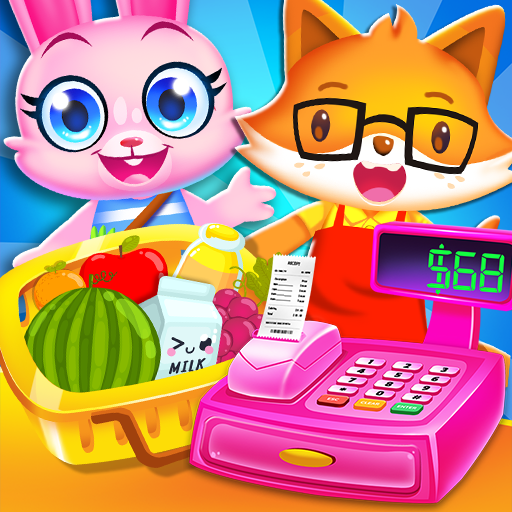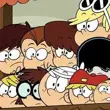Just as Cinderella's dream was set to end at midnight, so too was that of The Walt Disney Company in 1947, facing a daunting $4 million debt due to the financial struggles of Pinocchio, Fantasia, and Bambi, exacerbated by World War II and other challenges. However, the timeless tale of this beloved princess and her iconic glass slippers became the fairy tale that saved Disney from a premature end to its animation legacy.
As Cinderella celebrates its 75th anniversary of its wide release today, March 4, we engaged with several Disney associates who remain inspired by this classic rags-to-riches story. The narrative not only parallels the journey of Walt Disney himself but also provided a beacon of hope for the company and a post-war world yearning for inspiration and renewal.
The Right Film at the Right Time --------------------------------To understand the context, we must revisit Disney's own fairy godmother moment in 1937 with Snow White and the Seven Dwarfs. Its unprecedented success, holding the title of the highest-grossing film until Gone with the Wind surpassed it, enabled Disney to establish its Burbank studio, still the company's headquarters today, and paved the way for more animated features.
However, Pinocchio in 1940, despite its $2.6 million budget and critical acclaim, including two Academy Awards, incurred a $1 million loss. Fantasia and Bambi followed suit, further deepening Disney's financial woes. The onset of World War II, with Germany's invasion of Poland in 1939, played a significant role in these setbacks as European markets became inaccessible.
"Disney's European markets dried up during the war, and films like Pinocchio and Bambi couldn't be shown there, resulting in poor performance," Eric Goldberg, co-director of Pocahontas and lead animator on Aladdin's Genie, explained. "The studio was then commissioned by the U.S. government to produce training and propaganda films, and throughout the 1940s, Disney focused on Package Films like Make Mine Music, Fun and Fancy Free, and Melody Time. These were excellent projects, but lacked a cohesive narrative from start to finish."
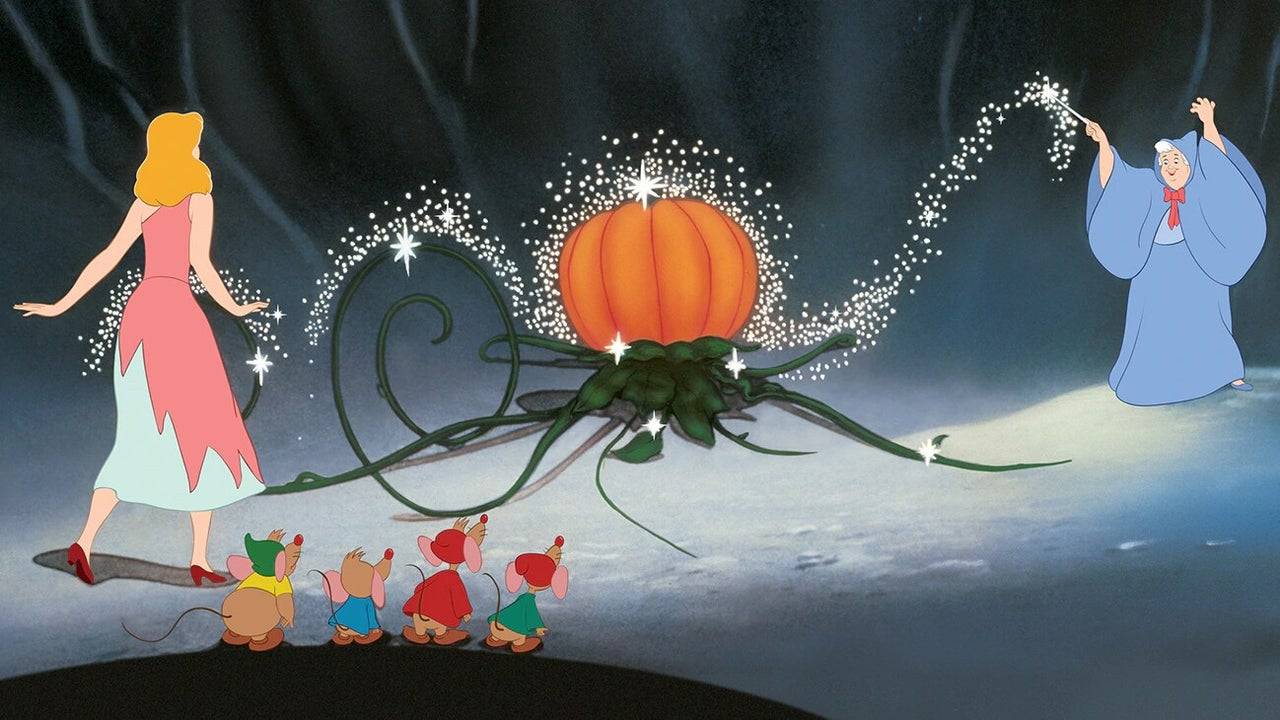
Package Films were compilations of short cartoons assembled into feature films. Between Bambi in 1942 and Cinderella in 1950, Disney produced six such films, including Saludos Amigos and The Three Caballeros, which supported the U.S. Good Neighbor Policy to counter Nazism in South America. While these films managed to cover their costs, and Fun and Fancy Free reduced the studio's debt from $4.2 million to $3 million in 1947, they delayed the return to full-length animated storytelling.
"I wanted to get back into the feature field," Walt Disney reflected in 1956, as quoted in The Animated Man: A Life of Walt Disney by Michael Barrier. "But it required significant investment and time. A good cartoon feature demands a lot of time and money. My brother Roy and I had quite a disagreement... It was one of my big upsets... I said we're either going forward, or we'll liquidate or sell out."
Facing the possibility of selling his shares and leaving the company, Walt and Roy Disney chose to take a bold risk by investing in their first major animated feature since Bambi in 1942. The stakes were high; failure could have meant the end of Disney's animation studio.
"I think the world needed the idea that we can rise from the ashes and experience something beautiful," said Tori Cranner, Art Collections Manager at Walt Disney Animation Research Library. "While Pinocchio is a masterpiece, it's not a joyful film like Cinderella. Walt recognized that post-war America needed hope and joy, and Cinderella was the perfect choice for that moment."
Cinderella and Disney’s Rags to Riches Tale
Walt's fascination with Cinderella dates back to 1922 when he created a short film at Laugh-O-Gram Studios, just two years before founding Disney with Roy. The short and the subsequent feature were inspired by Charles Perrault's 1697 version of the tale, which may have originated between 7 BC and AD 23. It's a classic narrative of good versus evil, true love, and the realization of dreams, deeply resonating with Walt.
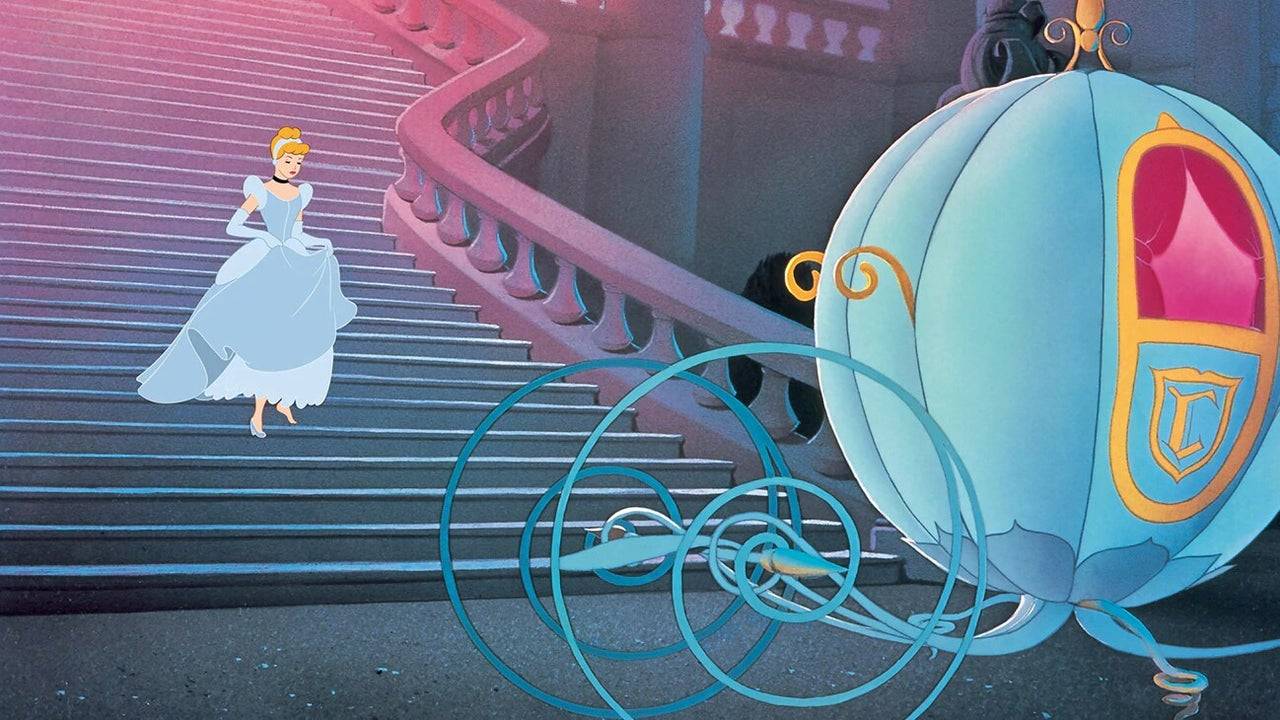
"Snow White was a kind and simple girl who believed in wishing and waiting for her Prince Charming," Walt Disney noted in footage from Disney's Cinderella: The Making of a Masterpiece. "Cinderella, on the other hand, was more practical. She believed in dreams but also in taking action. When Prince Charming didn't come, she went to the palace to find him."
Cinderella's resilience in the face of adversity, despite losing her parents and enduring mistreatment by her stepmother and stepsisters, mirrored Walt's journey from humble beginnings through numerous failures to eventual success, driven by unwavering dreams and hard work.
Walt's ambition to revive Cinderella as a Silly Symphony short in 1933 evolved into a feature film by 1938, delayed by the war and other challenges. This extended development period enriched the film, transforming it into the beloved classic we cherish today.
Disney's success with Cinderella stemmed from its ability to adapt timeless tales into universally appealing stories. "Disney took these fairytales and infused them with his own flair, heart, and passion, making audiences connect with the characters and stories even more deeply than with the originals," Goldberg remarked. "While the original tales were often grim and cautionary, Disney made them enjoyable and accessible to all, ensuring their lasting appeal."
The addition of Cinderella's animal friends, including Jaq, Gus, and the birds, along with the comic relief provided by Lucifer the cat, enriched the narrative. These characters allowed Cinderella to express her true self and provided comic relief amidst her hardships. The Fairy Godmother, reimagined as a relatable, bumbling grandmother figure by animator Milt Kahl, added warmth and humor to the film, culminating in the iconic transformation scene.
The transformation of Cinderella's dress, often cited as Walt's favorite animation, was masterfully crafted by Disney Legends Marc Davis and George Rowley. "Every sparkle was hand-drawn and hand-painted on every frame," Cranner enthused. "There's a perfect moment in the transformation where the magic holds for a fraction of a second before her dress changes. That's what makes the scene so magical."
Another Disney innovation was the breaking of one glass slipper, adding depth to Cinderella's character and emphasizing her agency. "Cinderella isn't just a passive protagonist; she has strength and personality," Goldberg pointed out. "When the slipper breaks, she reveals the other one she's kept, showing her control and resilience."
Cinderella premiered in Boston on February 15, 1950, and had its wide release on March 4. It was an immediate success, grossing $7 million on a $2.2 million budget, becoming the sixth-highest-grossing film of 1950 and receiving three Academy Award nominations.
"When Cinderella was released, critics praised it as a return to form for Walt Disney," Goldberg recalled. "It was a huge success because it brought back the narrative features like Snow White, and the studio regained its momentum. Following Cinderella, Disney produced classics like Peter Pan, Lady and the Tramp, Sleeping Beauty, 101 Dalmatians, and The Jungle Book, all made possible by Cinderella's success."
75 Years Later, Cinderella’s Magic Lives On
Seventy-five years on, Cinderella's influence continues to grow, evident in the iconic castles at Walt Disney World and Tokyo Disneyland, and in the studio's modern classics. "When animating Elsa's dress transformation in Frozen, we drew direct inspiration from Cinderella," said Becky Bresee, lead animator on Frozen 2 and Wish. "The sparkles and effects around Elsa's dress pay homage to Cinderella's legacy."
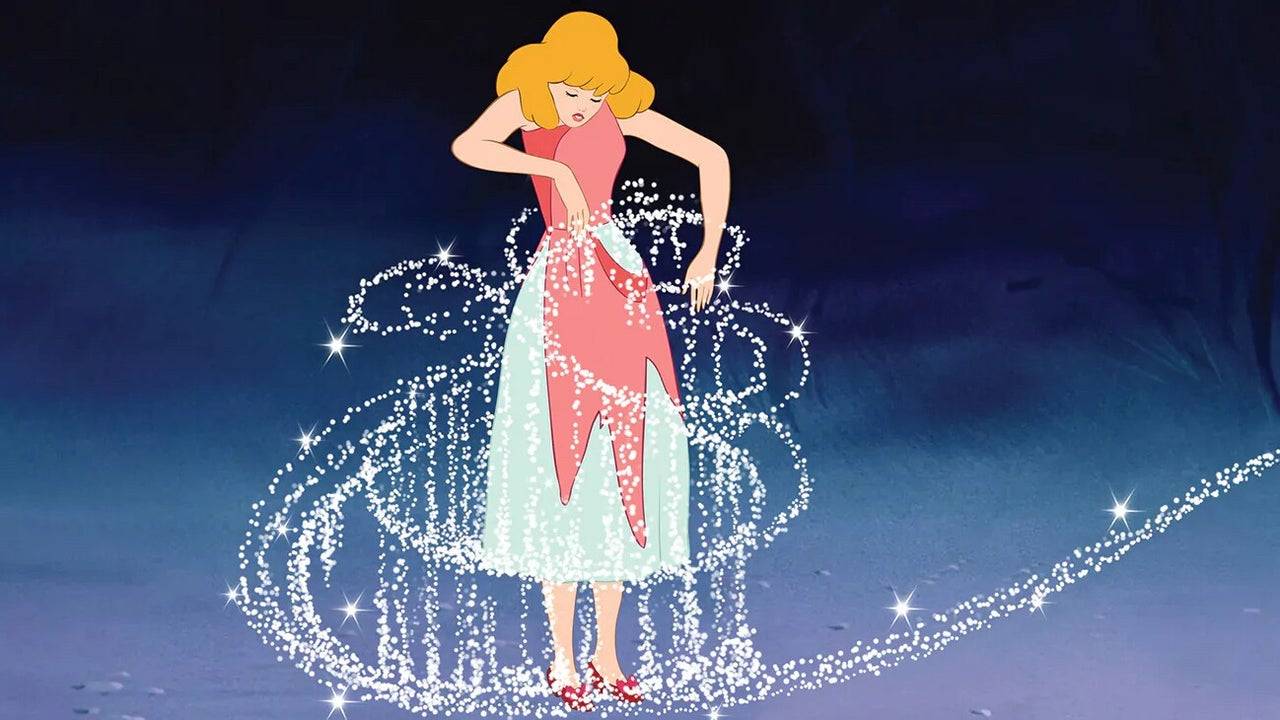
The contributions of the Nine Old Men and Mary Blair to Cinderella are noteworthy, adding depth and style to the film. Eric Goldberg sums up Cinderella's enduring impact: "The big thing about Cinderella is hope. It shows that perseverance and strength can lead to dreams coming true, no matter the era."




